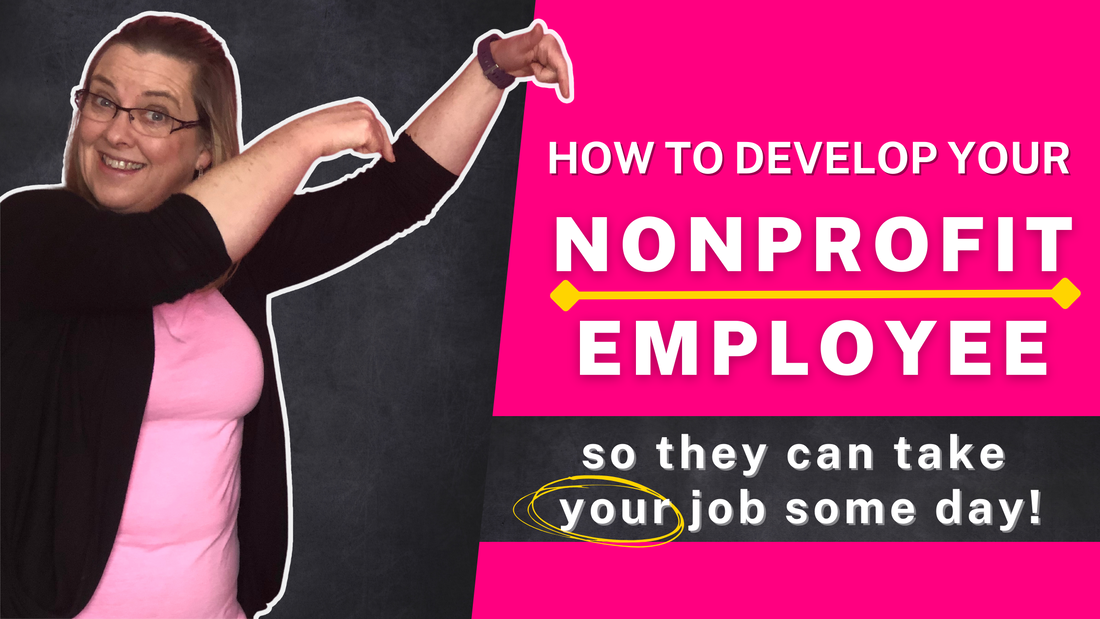|
This week Twitter's founder Jack Dorsey resigned and passed leadership over to Parag Agrawal, who has been with the company since 2011.
Now, I'll be honest. I don't know the whole story. And, to be fair, I don't spend much time on Twitter or following how the tech giants run their businesses. So, suffice it to say that I will make some assumptions here. Assumption # 1: Jack knew he wouldn't be around forever and needed someone to take over the helm. Assumption # 2: Parag has been learning and growing since he's been with Twitter. Assumption # 3: Jack and Parag had more than one conversation about Parag's potential and possibly taking over someday. Assumption # 4: Jack has provided growth opportunities, invested in his development, and spent time mentoring and coaching Parag. Are you picking up how this pattern might be similar to yours? While you may not be ready to walk away anytime soon, there will be some point where you are ready to pass over the oars. How do you create that succession plan with an employee you trust and who is ready to pick up your duties? You grow them You develop them You mentor them You coach them You see the potential in them and uncover it day by day. Your job as a leader is to grow yourself so that you can grow your team. When you continue to grow your strengths and skills and reach your potential, you can help the individuals on your team reach their potential step by step. Then, you'll also help them to see their next-level potential and begin to take steps to get there. Let's talk about how you can help your employee grow, develop and reach their potential. How to grow your nonprofit employee When we think about children's growth, we often plot their physical growth on the growth charts. While physical growth is part of it inside, children are also maturing. It's that maturation process that I want you to think about with your employees.
TIP: Get them to start thinking about what's important to them and why. That creates the inner desire to grow and learn and keep them connected to a sense of purpose rather than just a warm body in the role! RESOURCE: To help you get clearer on what's important to you, check out these resources:
How to develop your nonprofit employee When you develop your employees, you are helping them learn the skills, talents, and knowledge necessary for your sector. Mandatory training comes into this area, but not only that. I also want you to think about how to help the employees stretch their knowledge and skill bank beyond their current role.
TIP: Ask your employees one thing they would love to learn that isn't on the must-learn list. RESOURCES: COURSE: Staff Supervision That Transforms How to mentor your nonprofit employee Mentoring is passing your knowledge and expertise onto your employee. You've been through a lot and have figured things out along the way. But, far too often, that knowledge is tucked inside of you and never shared.
TIP: Give your employees time to pick your brain? RESOURCES: To help your employees learn leadership skills, tell them what books to read. You'll find my favourite leadership books here. How to coach your nonprofit employee When you are mentoring, you're transferring your knowledge to others; however, coaching is different. Rather than imparting your knowledge and wisdom to them, in coaching, you are helping them to pull out their inner knowledge and insight. By asking your employees coaching questions, you help them uncover what they already know and apply it to current challenges. In this way, you build their confidence, their ability to think for themselves and help them step into their potential TIP: Learn how to ask powerful coaching questions RESOURCES: To learn how to coach your employees check out these two resources
0 Comments
Your comment will be posted after it is approved.
Leave a Reply. |

Available on Amazon
Archives
March 2024
|
|
Leadership TRAINING for Nonprofit Leaders
Become a confident and competent nonprofit Leader: Join The Training Library membership Executive and Leadership COACHING Leadership Coaching for Nonprofit Executives, Leaders and ManagerCoaching |
PODCAST for Nonprofit Leaders
The Surviving to Thriving podcast: Strategies, systems and support to lead your nonprofit with confidence FREE RESOURCES to Grow your Leadership Skills Free Leadership Training Resources, Worksheets and Templates |
Become a CONFIDENT LEADER
|




 RSS Feed
RSS Feed
